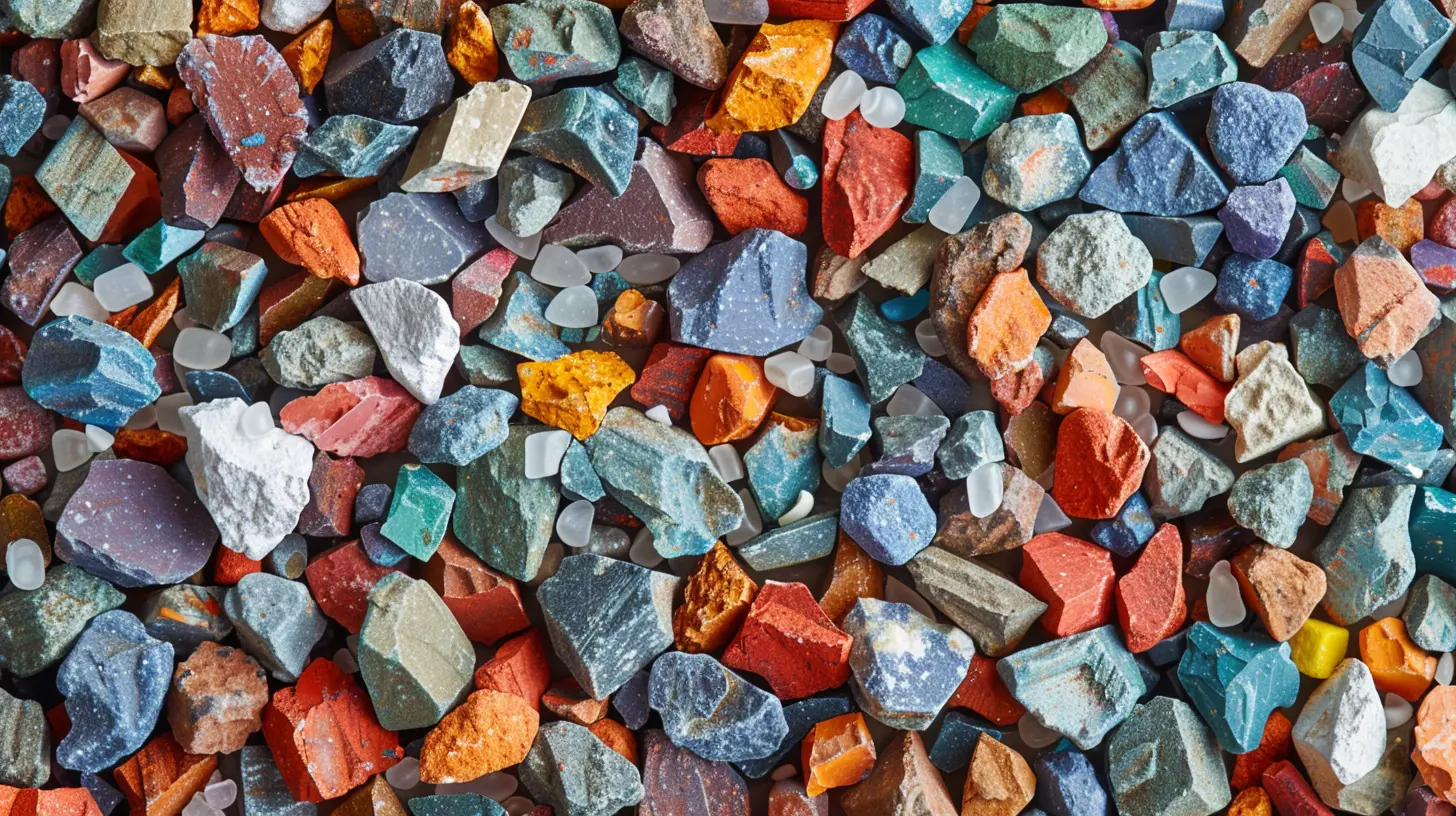Why Plastic Waste is Being Recycled into Building Materials
12 July 2025
Let’s be real for a sec—we’ve got a plastic problem. From bottles to bags to broken toys, plastic waste is everywhere. It's cluttering our oceans, landfills, and even our streets. But here’s the plot twist: that trash? It’s turning into treasure. More specifically, it's being transformed into building materials. Yep, plastic waste is finding a new second life in construction, and it’s not just a cool trend—it’s reshaping how we think about both waste and housing.
So, why exactly are we turning plastic waste into building materials? Let’s peel back the layers and dive into the fascinating reasons behind this innovative shift.
What's the Big Deal with Plastic Waste?
Plastic is practically indestructible. That soda bottle you tossed last year? It could still be hanging around a century from now. Sounds crazy, right?We produce over 400 million tons of plastic a year globally, and a huge chunk ends up as waste. Recycling rates, unfortunately, aren’t keeping up. Most of that plastic either lands in dumps or worse, ends up in the ocean.
Now imagine all that durable, tough plastic being put to good use instead of clogging up our planet. That's the mindset powering this new movement in construction.
Turning Trash Into Treasure: How It Works
So, how exactly does plastic waste become part of a building?First off, not all plastic is the same. The typical culprits used in these projects include:
- PET (like soda bottles)
- HDPE (milk jugs and detergent containers)
- LDPE (plastic bags)
- PP (bottle caps and food containers)
These plastics are collected, sorted, cleaned, shredded into flakes or pellets, and sometimes mixed with other materials like sand, cement, or recycled wood fibers. The blend is then molded into blocks, panels, bricks, or tiles.
Magic? Not quite. But pretty close.
Why Plastic Waste is the Perfect Building Buddy
Alright, let’s get to the meat of the matter. Why is plastic waste suddenly the darling of builders and environmentalists alike?1. Durability Like No Other
Plastic doesn’t rot, it doesn’t rust, and it’s resistant to moisture and pests. Throw in some UV treatments and it can last for decades. For construction purposes, that’s a major win. Especially in places with harsh climates, plastic-based materials can outperform traditional options like wood or even concrete in some cases.Think of it this way: it's like getting a superhero version of a building block – lightweight but tough as nails.
2. Lightweight = Easy Transport + Lower Costs
Traditional construction materials like bricks, cement, and steel are heavy. That means higher transportation costs and more labor to move and install them. Plastic-based blocks and panels? Featherweights by comparison.This is a game-changer for remote or underdeveloped regions where transporting heavy materials can be a logistical nightmare.
3. Eco-Friendly Construction (Seriously)
This is the big one. Reusing plastic waste means less of it ends up polluting our environment. But it goes even deeper. Manufacturing new bricks or concrete emits a ton of CO2. But recycling plastic into construction materials drastically slashes carbon footprints.It’s a win-win: less pollution, more affordable homes.
4. Affordable Housing Made Possible
One of the coolest things about plastic-based building materials is their role in tackling housing shortages. Traditional home-building methods can be expensive and slow. Plastic bricks or prefab panels can cut both time and costs.In places like Latin America and Africa, companies are already using these materials to build entire communities—cheaply, quickly, and sustainably.
Real-World Projects That Are Crushing It
This isn’t just some pie-in-the-sky dream. It’s already happening. Check out these game-changing examples.- Colombia’s Plastic Brick Homes
A company called Conceptos Plásticos is using recycled plastic to make interlocking bricks that resemble giant LEGO pieces. They’re building houses in days, not months, and at a fraction of the cost of traditional builds.- India’s Plastic Roads
Okay, not exactly buildings—but pretty awesome. India’s been using recycled plastic to build roads that are not only cheaper but also more durable than asphalt ones. Talk about thinking outside the box.- Kenya’s Plastic Lumber
In Kenya, a startup called Gjenge Makers is converting waste plastic into strong plastic bricks. These bricks are five to seven times stronger than concrete and cost far less. Plus, they give jobs to local workers—a double win.Are There Any Downsides?
Nothing's perfect, right? And while recycling plastic into building materials is super promising, there are a few bumps on the road.- Fire Risks
Plastic is flammable, which can be a concern. However, additives and flame-retardant treatments can reduce the risk significantly.- Toxicity Issues
Some plastics can release harmful fumes if not processed correctly. It’s critical that the manufacturing process is managed responsibly to avoid creating health hazards.- Limited Applications (For Now)
While progress is being made, plastic-based building materials aren’t suitable for every part of a house just yet. Strength-wise, they’re great for certain components, but you still need steel, concrete, and other heavy-duty materials for large structures.The Future is (Plastic) Bright
Here’s the exciting part: we’ve only scratched the surface. As technology and recycling methods evolve, the possibilities for plastic waste in construction are growing fast.Imagine 3D-printing homes out of recycled plastic. Oh wait—that’s already happening in some places! As we get better at sorting and processing different types of plastics, the range of applications will only expand.
And who knows? In a few years, living in a plastic house might not just be a reality—it might be the new normal.
How You Can Be Part of the Change
Think only big companies can make a difference? Think again. Every time you recycle plastic, you’re feeding the chain that makes this innovation possible.Support businesses that prioritize sustainable practices. Ask your local representatives about green building initiatives. And if you’re in real estate or construction, consider exploring recycled plastic materials for your next project.
Because real change isn’t just top-down—it’s also powered by people like you and me.
Final Thoughts
Using plastic waste in construction is more than just an eco-friendly trend—it’s an intelligent, global movement towards sustainability, innovation, and affordability. Instead of letting that plastic bottle sit in a landfill for 500 years, we’re giving it a second chance—to be part of someone’s home, a school, or even a hospital.It’s practical, it’s promising, and it’s already in motion. The future of building isn’t just about concrete and steel—sometimes, it's built on yesterday’s trash.
all images in this post were generated using AI tools
Category:
Building MaterialsAuthor:

Travis Lozano
Discussion
rate this article
1 comments
Yazmin Lynch
Recycling plastic into building materials not only reduces waste but also promotes sustainability in construction practices.
July 21, 2025 at 11:55 AM

Travis Lozano
Absolutely! Recycling plastic into building materials not only minimizes waste but also enhances sustainable construction, contributing to a greener future.


